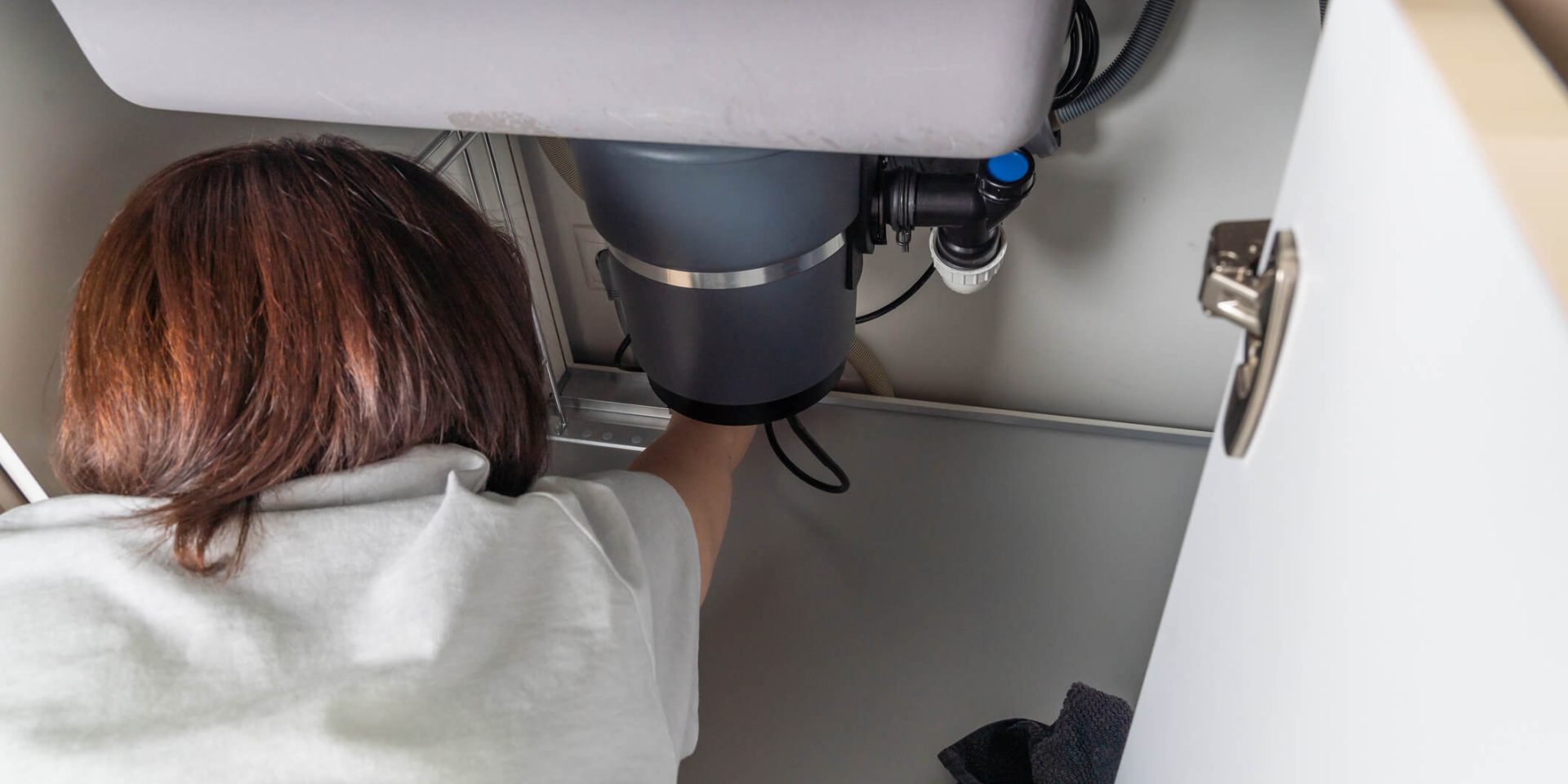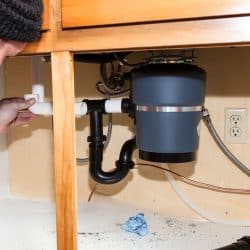Our Definitive Guide to Fixing a Leaky Waste Disposal Unit
Our Definitive Guide to Fixing a Leaky Waste Disposal Unit
Blog Article
They are making several great pointers regarding Why Is My Garbage Disposal Leaking From the Bottom? in general in this content in the next paragraphs.

Garbage disposals are vital kitchen devices that assist in disposing of food waste successfully. However, a dripping garbage disposal can be an irritating and messy trouble to deal with. Luckily, many leaks can be dealt with easily with a few straightforward steps. In this write-up, we will review how to deal with a leaking garbage disposal successfully.
Introduction
Garbage disposals are mounted under kitchen sinks and are developed to shred food waste into smaller sized items, allowing it to pass through the plumbing system quickly. While these gadgets are usually dependable, leaks can happen with time because of deterioration, loosened links, or damages to the system.
Common Causes of Leaks in Garbage Disposals
Worn Seals and Gaskets
Seals and gaskets play an essential role in stopping water from leaking out of the waste disposal unit. In time, these components can wear away, leading to leakages around the disposal unit.
Loose Connections
The connections between the garbage disposal and the plumbing system can come to be loose gradually, causing water to leak out throughout procedure.
Cracks or Openings in the Disposal Unit
Physical damages to the garbage disposal, such as splits or holes in the housing, can additionally result in leaks.
Determining the Resource of the Leakage
Before attempting to take care of a dripping waste disposal unit, it is essential to determine the resource of the leakage. This can normally be done via aesthetic inspection or by conducting easy tests.
Visual Evaluation
Examine the garbage disposal system thoroughly for any signs of water leak. Pay close attention to locations around seals, gaskets, and connection points.
Examining for Leakages
One way to examine for leakages is by running water with the disposal device and looking for any visible indicators of leak.
Devices and Materials Needed for Fixing a Dripping Waste Disposal Unit
Before starting the repair work procedure, collect the necessary devices and products, including a screwdriver, adjustable wrench, plumbing's putty, replacement seals or gaskets, and epoxy or patching product for repairing cracks or openings.
Step-by-Step Overview to Repairing a Dripping Waste Disposal Unit
Turn Off the Power
Prior to attempting any fixings, guarantee that the power to the waste disposal unit system is turned off to avoid the danger of electric shock.
Situate the Leak
Identify the specific location of the leakage and establish the reason.
Tighten Links
Make use of a wrench to tighten any kind of loose links between the disposal device and the plumbing system.
Change Seals or Gaskets
If the leak results from worn seals or gaskets, get rid of the old components and change them with brand-new ones.
Patching Fractures or Openings
For splits or holes in the disposal system, usage epoxy or a suitable patching material to secure the broken location.
Testing the Garbage Disposal After Fixing
As soon as the repair work is total, evaluate the garbage disposal by running water through it to make sure that the leak has been fixed.
Preventive Upkeep Tips to Avoid Future Leakages
To prevent future leakages, it is important to execute normal upkeep on your waste disposal unit. This includes keeping it tidy, staying clear of placing non-food things or tough objects down the disposal, and regularly looking for leakages or various other concerns.
Conclusion
In conclusion, repairing a leaking garbage disposal is a relatively simple process that can be completed with basic tools and materials. By complying with the steps described in this article and exercising preventive maintenance, you can maintain your waste disposal unit in good working problem and stay clear of pricey fixings in the future.
What to Do About a Leaking Garbage Disposal
A leaking garbage disposal often goes unnoticed until you confront a sopping cabinet, a foul-smelling puddle, or an audible drip-drip-drip from the unit. The fix can be frustrating, too, because the leak can stem from a number of components in the system. Fortunately, with a little sleuthing, you can zero in on the leak and—depending on the exact location—stop the icky oozing and repair the component that caused it. Worst case scenario, if it turns out that the garbage disposal must be replaced, installing a new one is a reasonable do-it-yourself task for those with basic plumbing skills. Read on to keep the cash you’d otherwise hand over to a pro.
Prepare to find the leak
Prior to testing the garbage disposal for leaks, unplug it at the wall outlet and turn off the power from the breaker box to prevent electrical shock. Then insert a watertight sink stopper into your sink drain and wipe the unit dry with a clean cloth. In any handy container, mix a few drops of food coloring into a few cups of water, and pour the dyed water onto the sink stopper to help you locate the leak.
Investigate the source
the top, where the disposal meets the sink drain the side, where the dishwasher hose or main drain pipe connects to the disposal or the bottom of the unit Inspect each of these locations while gliding a light-colored rag over the unit; the dyed water will readily show on the rag and reveal the location of the leak. If a leak isn’t immediately apparent, remove the sink stopper and pour a few more cups of dyed water down the sink drain, then check for leaks again. Leaks near the top of the unit are more likely to show themselves while the sink is plugged, while side and bottom leaks are more noticeable while the sink is unplugged.
The metal sink flange that sits directly inside the sink drain is typically sealed around the top with plumber’s putty (a clay-like sealant) and then secured from under the sink with bolts. If the plumber’s putty deteriorates, or the bolts loosen, the flange can no longer form a watertight seal between the sink drain and the disposal—which could cause a leak at the top of the unit.
To reseal the leaky flange, you must first detach the garbage disposal. Start by loosening the screws securing the main drain pipe to the disposal, then loosen the screws in the metal clamp securing the dishwasher hose to the disposal and detach the drain pipe and dishwasher hose from the disposal. Loosen the screws in the mounting ring that connects the disposal to the metal mounting assembly beneath the sink, then pull down the disposal and carefully set it on a clean, dry surface. Loosen the bolts in the mounting assembly with a wrench, then pull down the mounting assembly and set it near the disposal.

As a fervent person who reads about How to fix a pretty consistent leak from my garbage disposal, I was thinking sharing that piece of writing was worth the trouble. Sharing is caring. You never know, you could be doing someone a favor. Kudos for your time. Don't hesitate to stop by our website back soon.
Additional Information Report this page